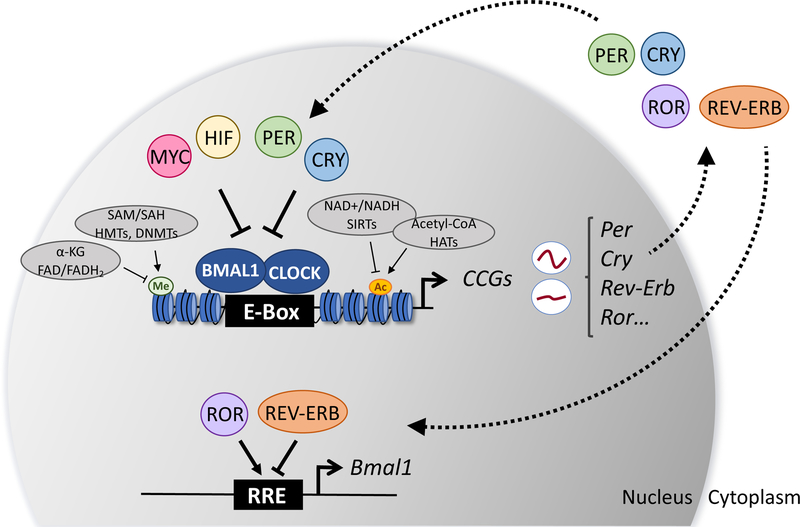Figure 1: The transcriptional/translational feedback loop driving the mammalian circadian clock.
The circadian transcriptional/translational feedback loop (TTFL) operates within a precisely timed period of 24-hours in mammalian cells. The core clock machinery consists of the bHLH DNA-binding transcription factors, CLOCK and BMAL1 [51, 151]. These transcription factors heterodimerize and bind E-Box sequences to control the rhythmic expression of ~10–15% of core clock and clock-controlled genes (CCGs) [13, 104–106]. CLOCK:BMAL1-dependent transcription of CCGs peaks during the day and is inhibited by the circadian repressors, Period (PER) and Cryptochrome (CRY), at night [107–109]. An additional level of circadian regulation exists with the nuclear receptors RORα and REV-ERBα that activate and repress transcription of Bmal1, respectively [113, 114]. This secondary feedback loop offers an additional level of control outside the core TTFL to modulate circadian gene expression. Additional transcriptional crosstalk between the circadian machinery with MYC and HIF is also shown. Inputs of regulatory metabolites and their influence on circadian gene expression through epigenetic control are highlighted. Abbreviations: nicotinamide adenine dinucleotide (NAD+), flavin adenine dinucleotide (FAD), s-adenosylmethionine (SAM), s-adenosylhomocysteine (SAH), alpha-ketoglutarate (α-KG).

